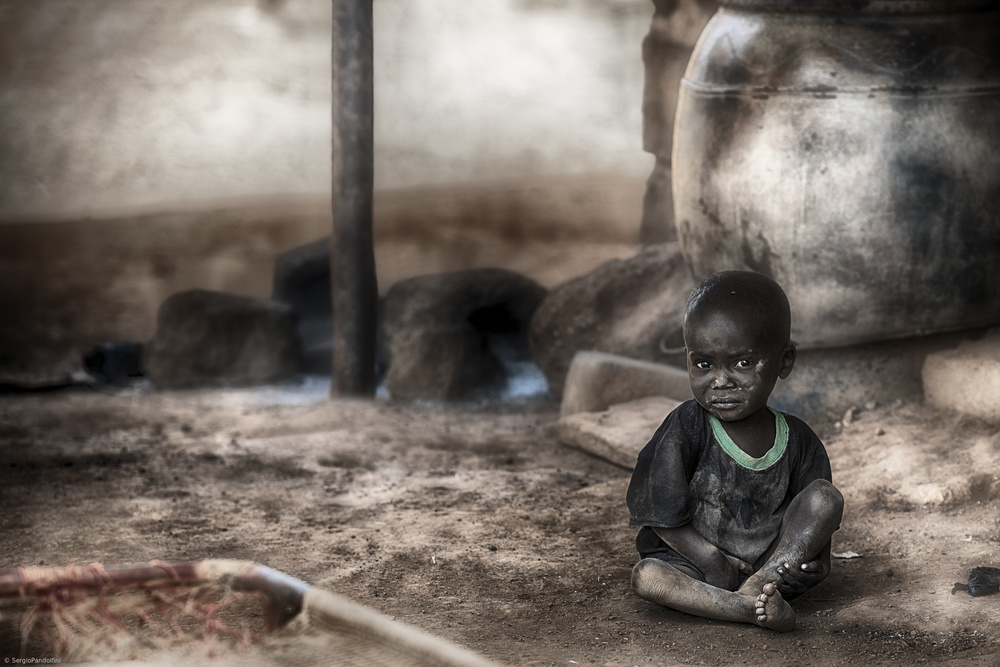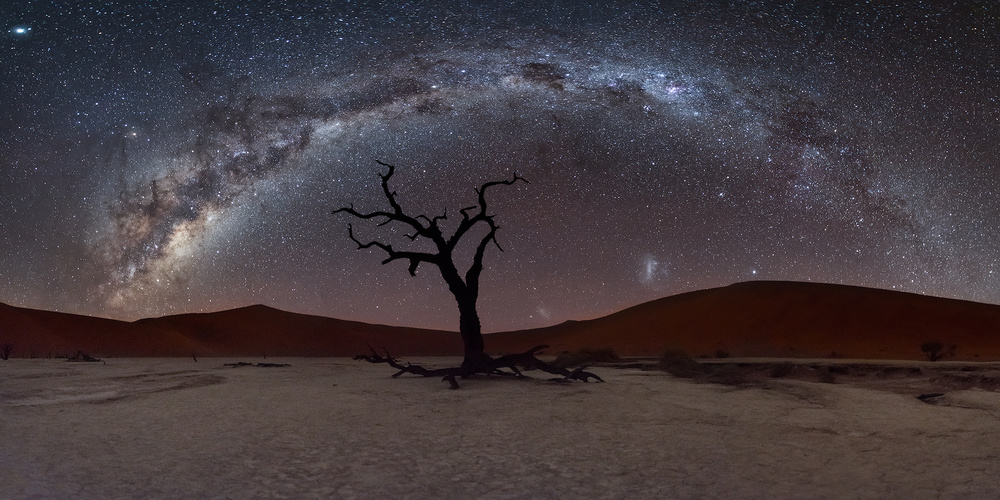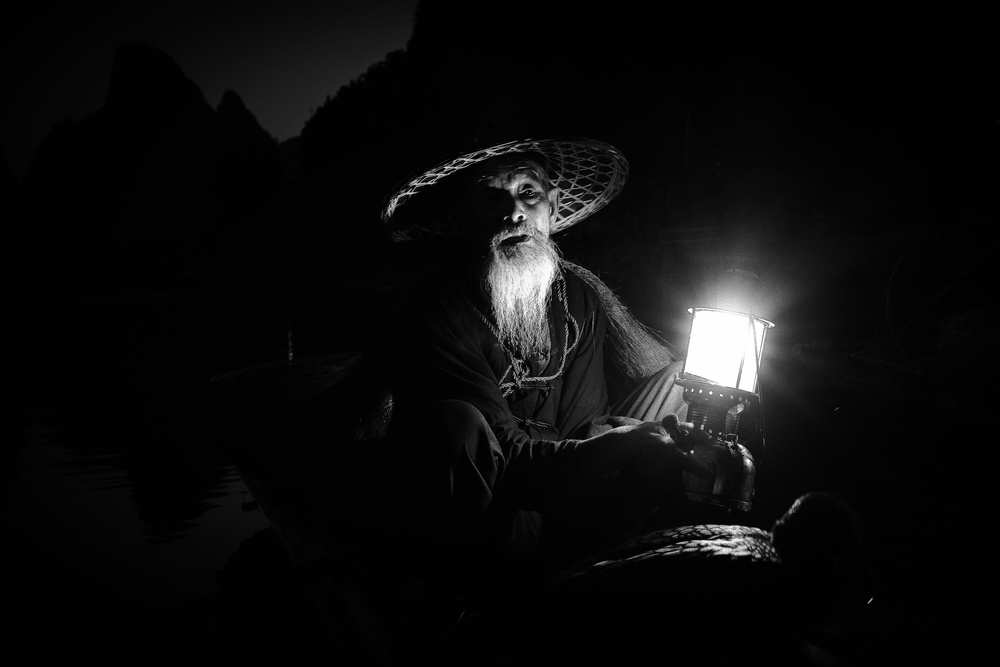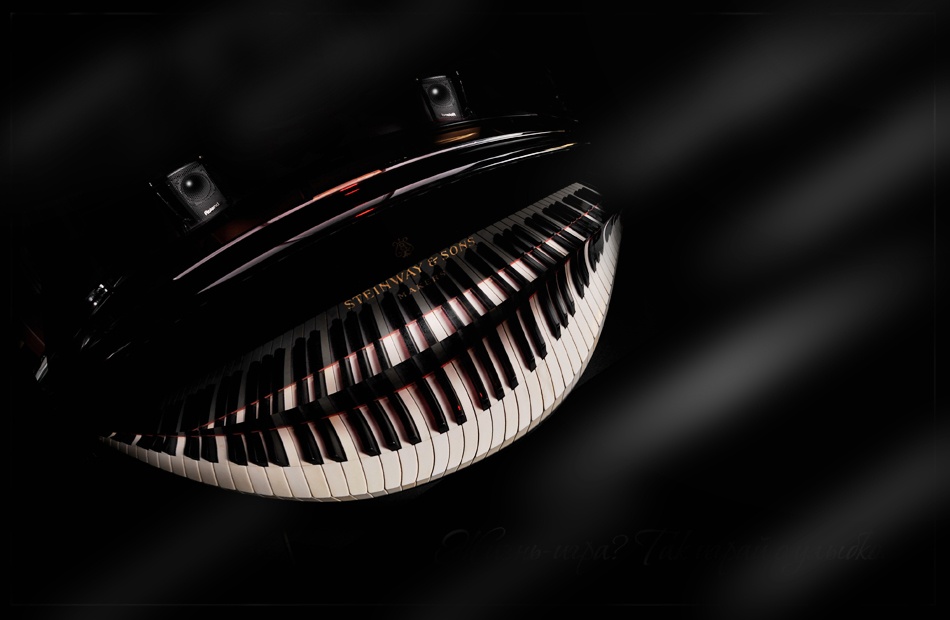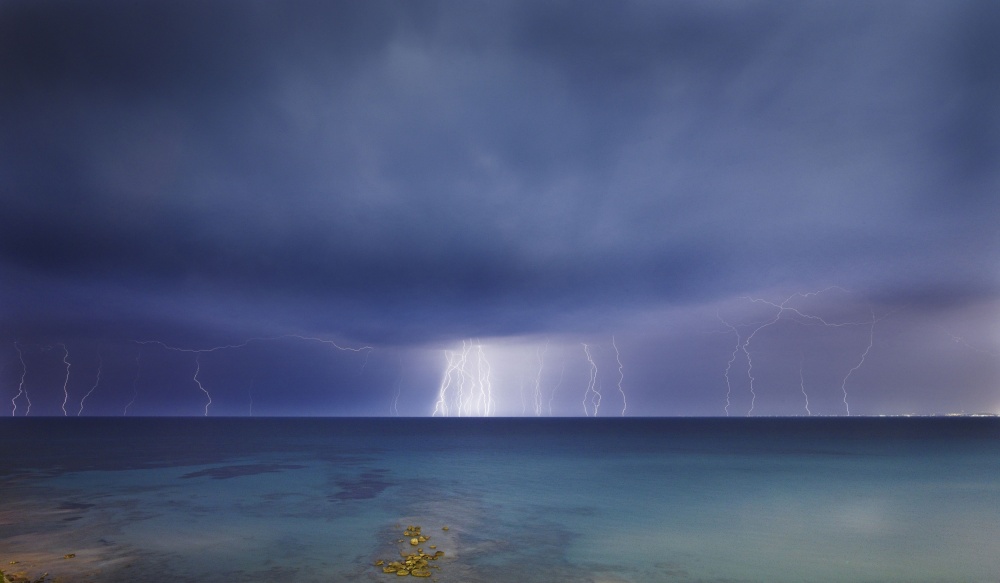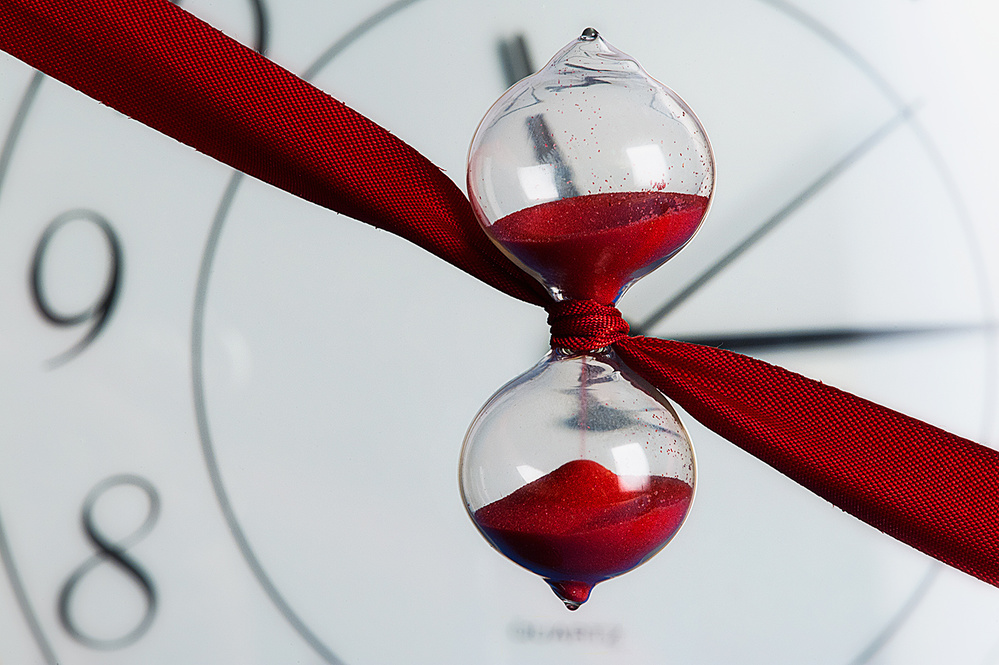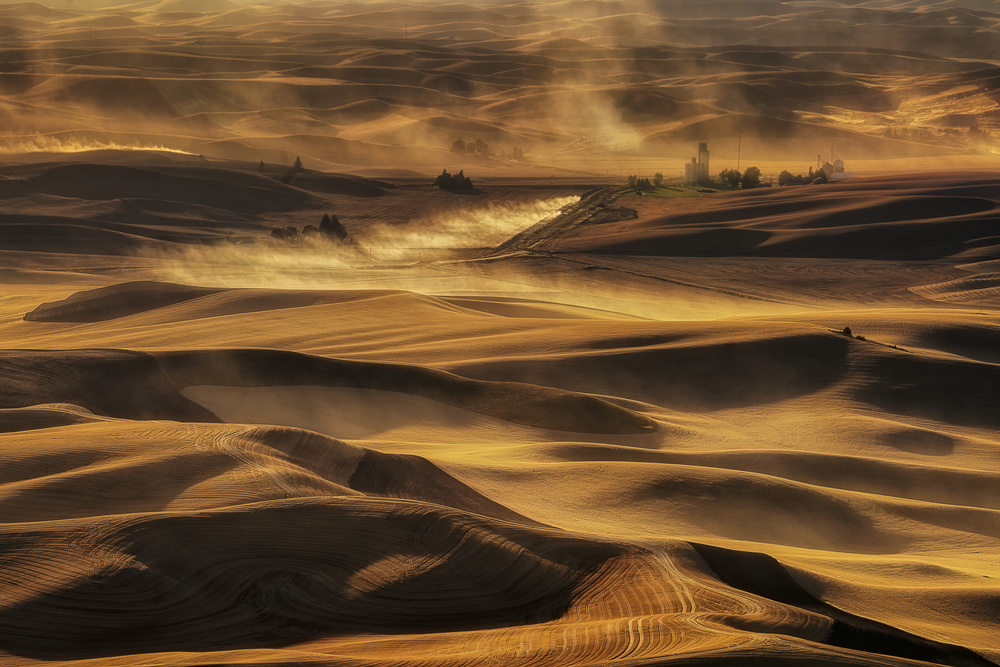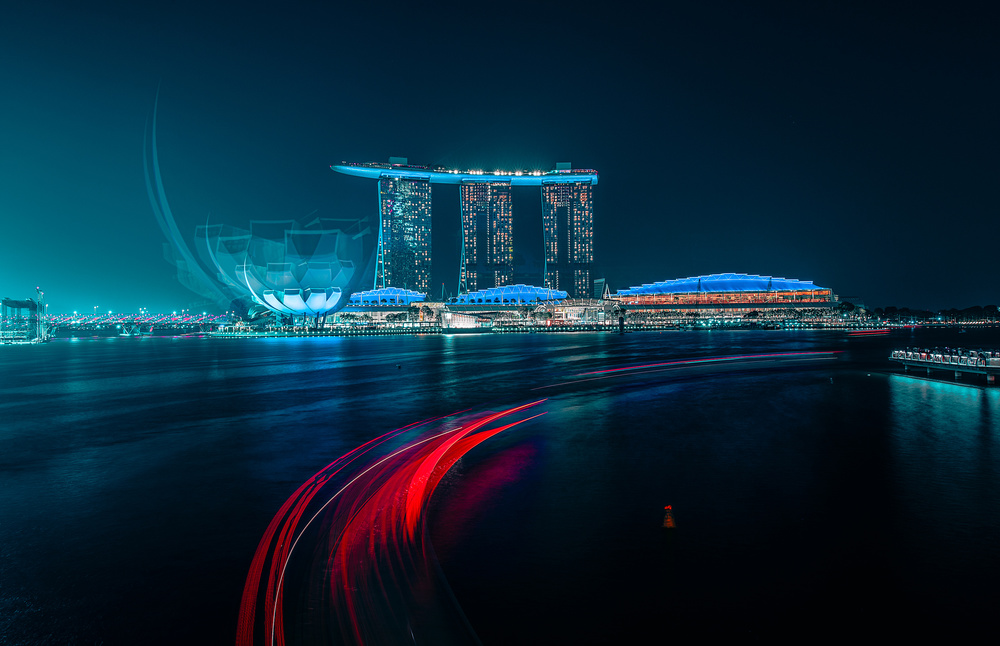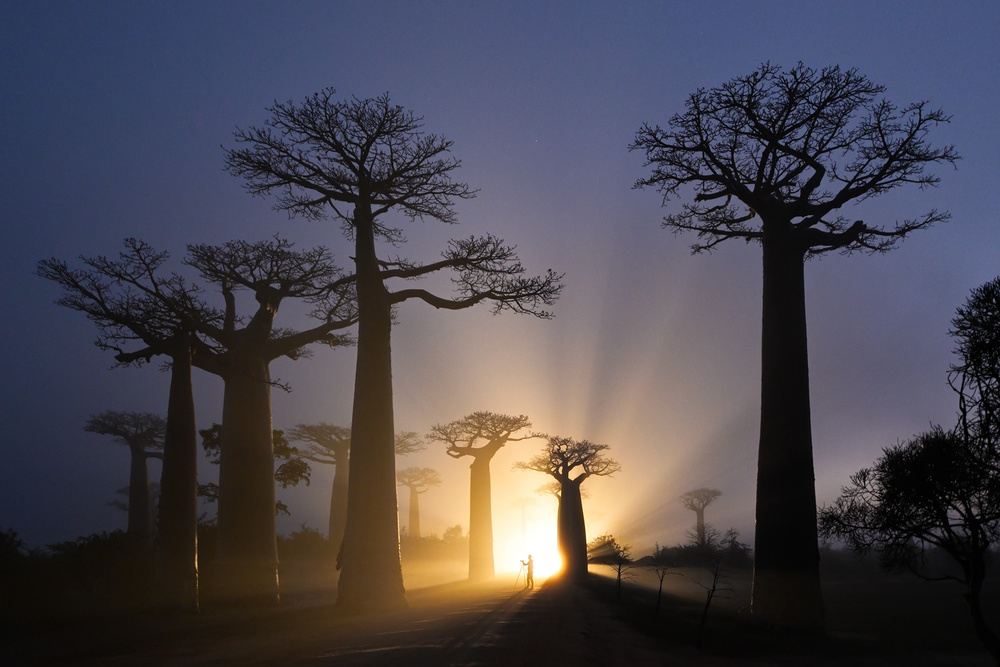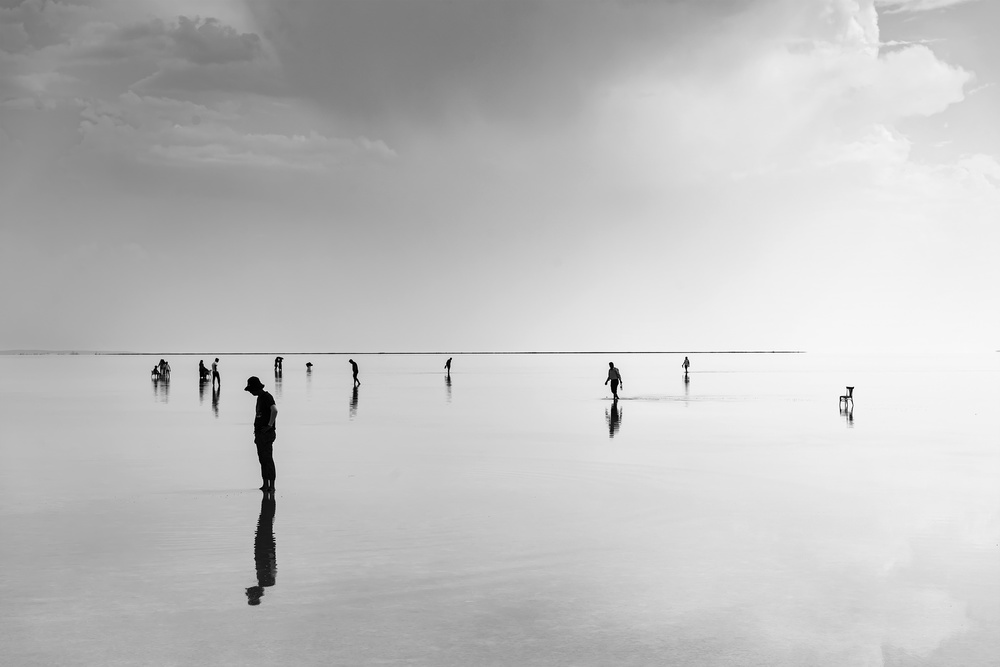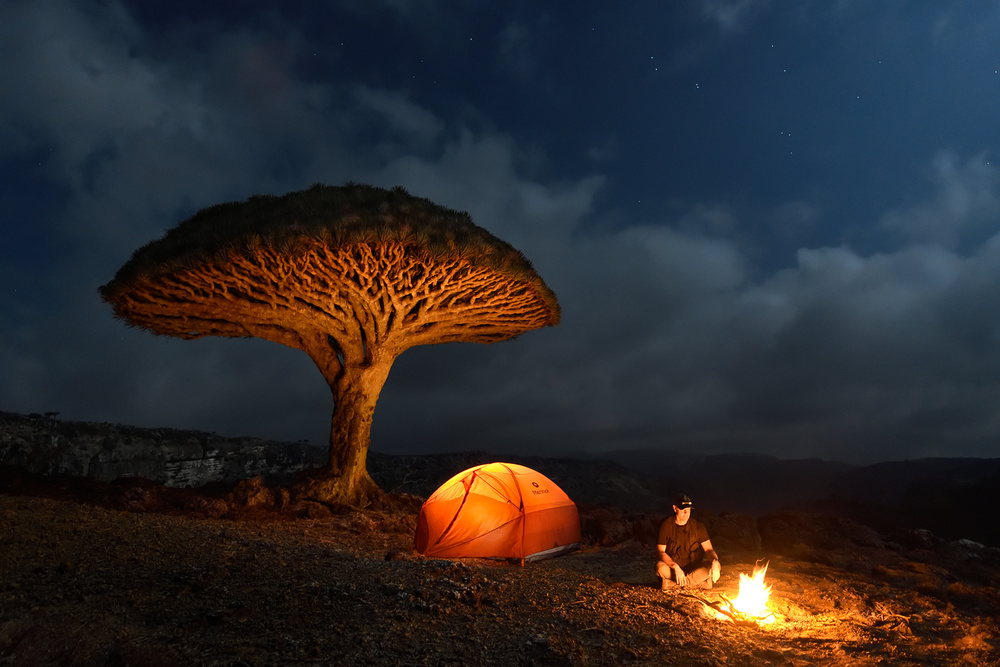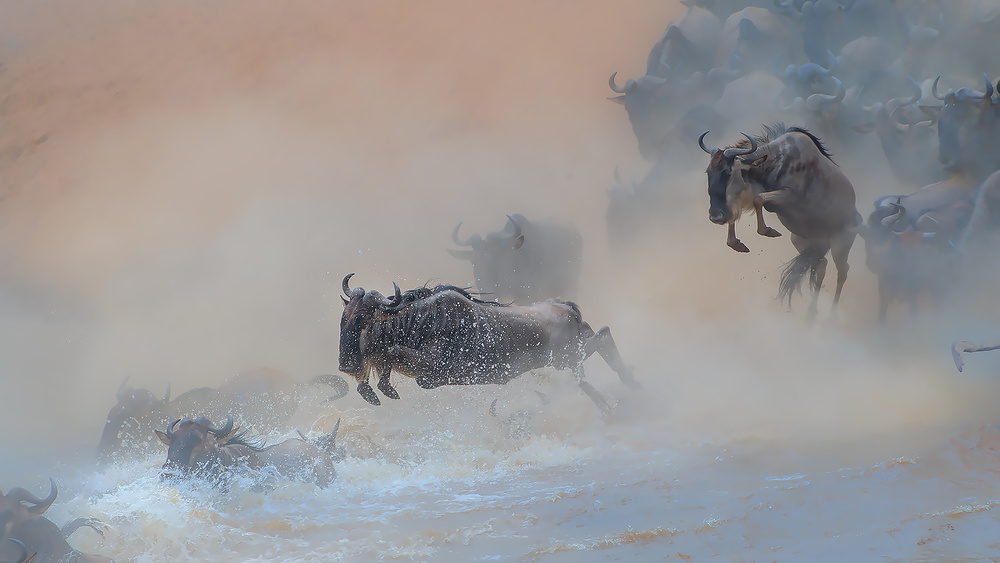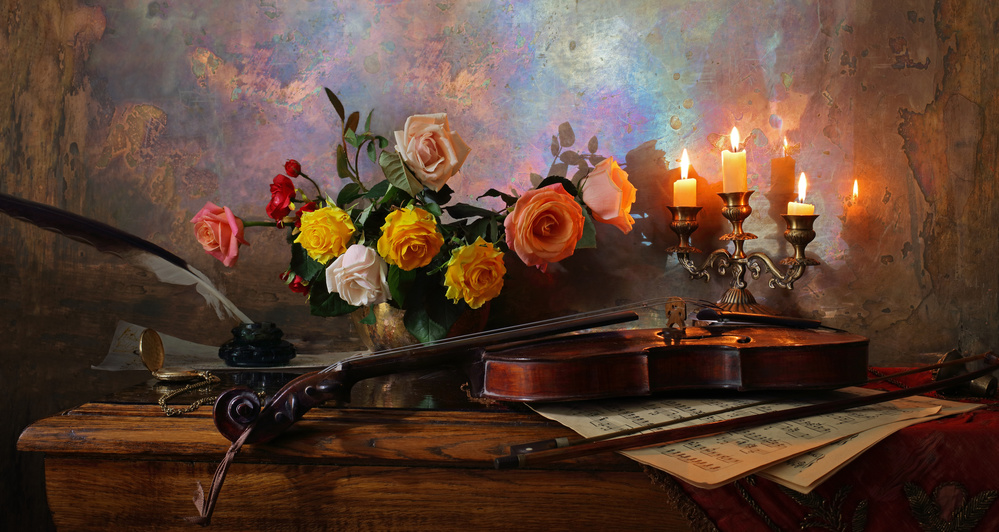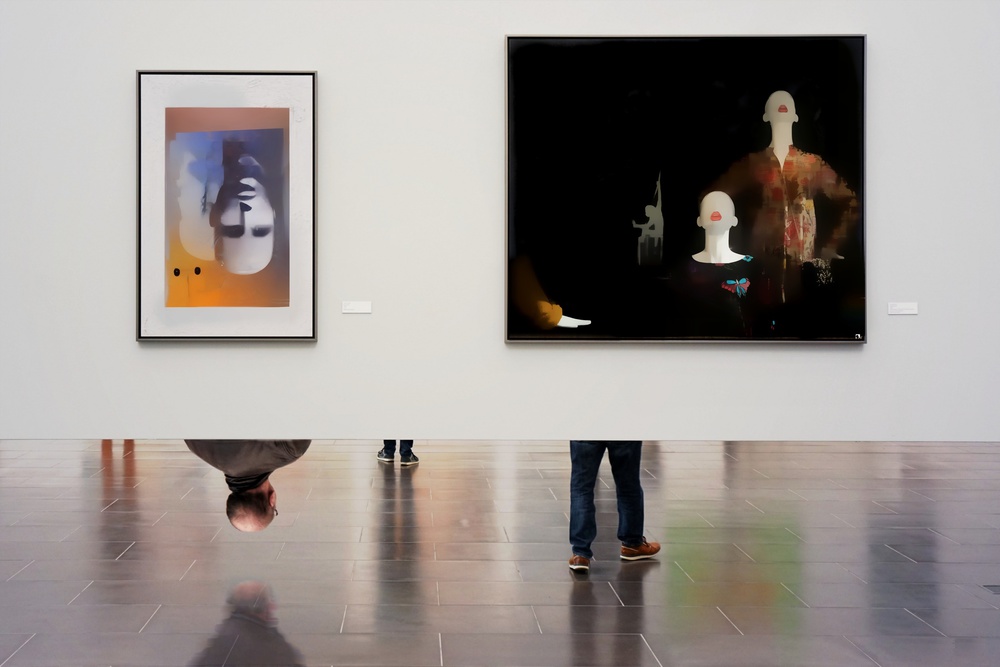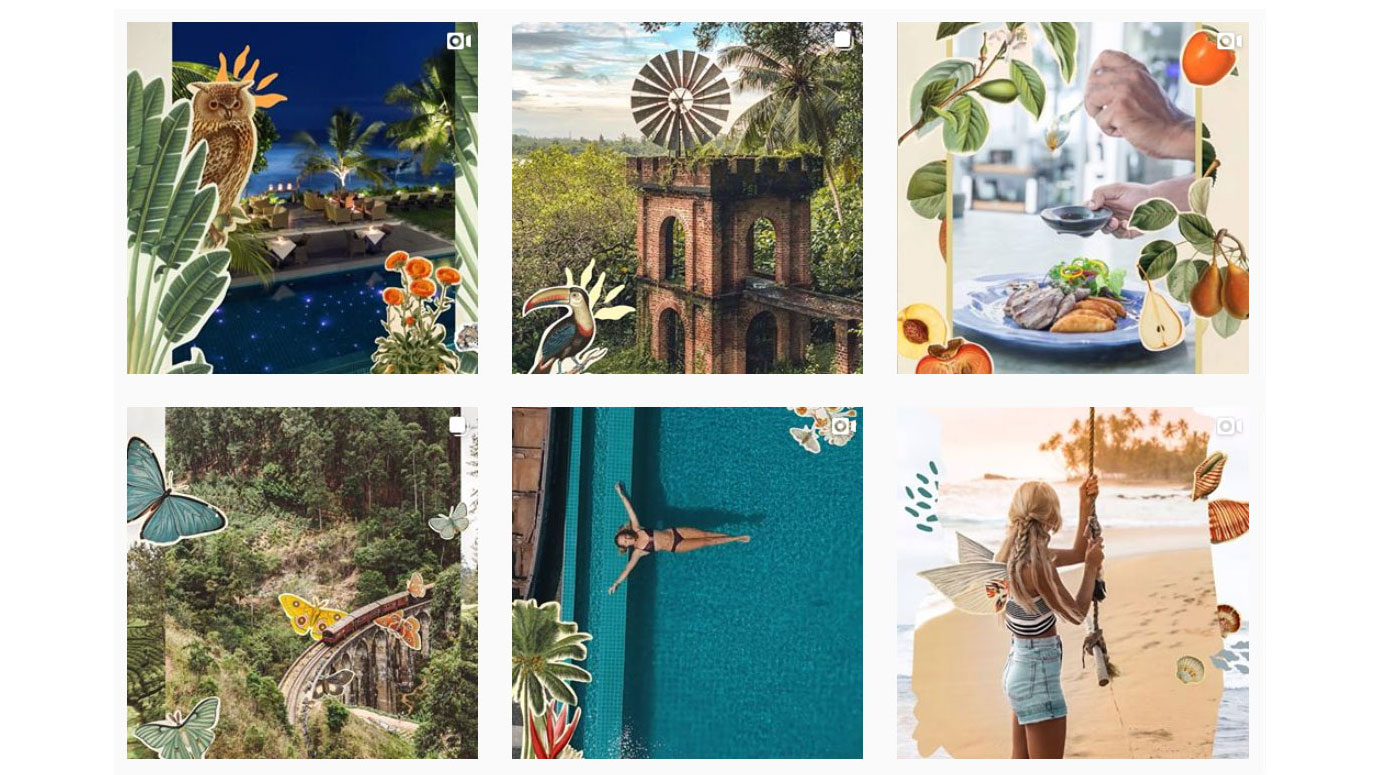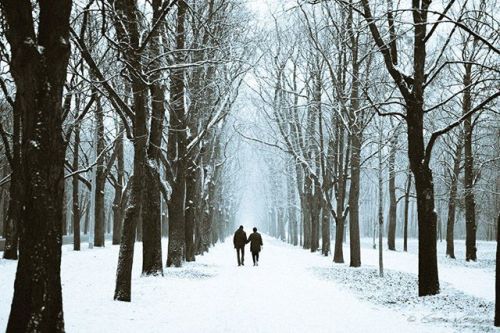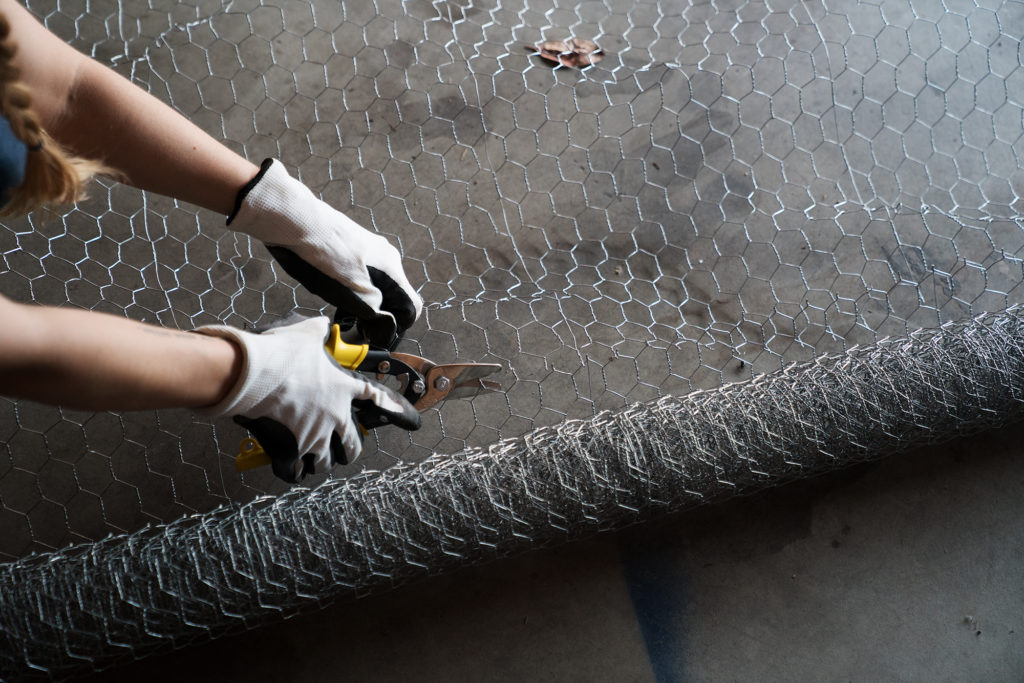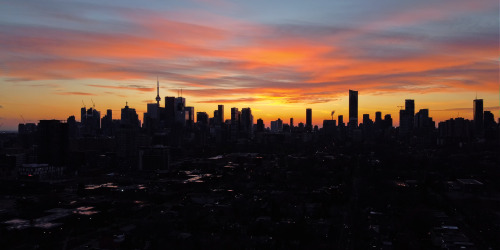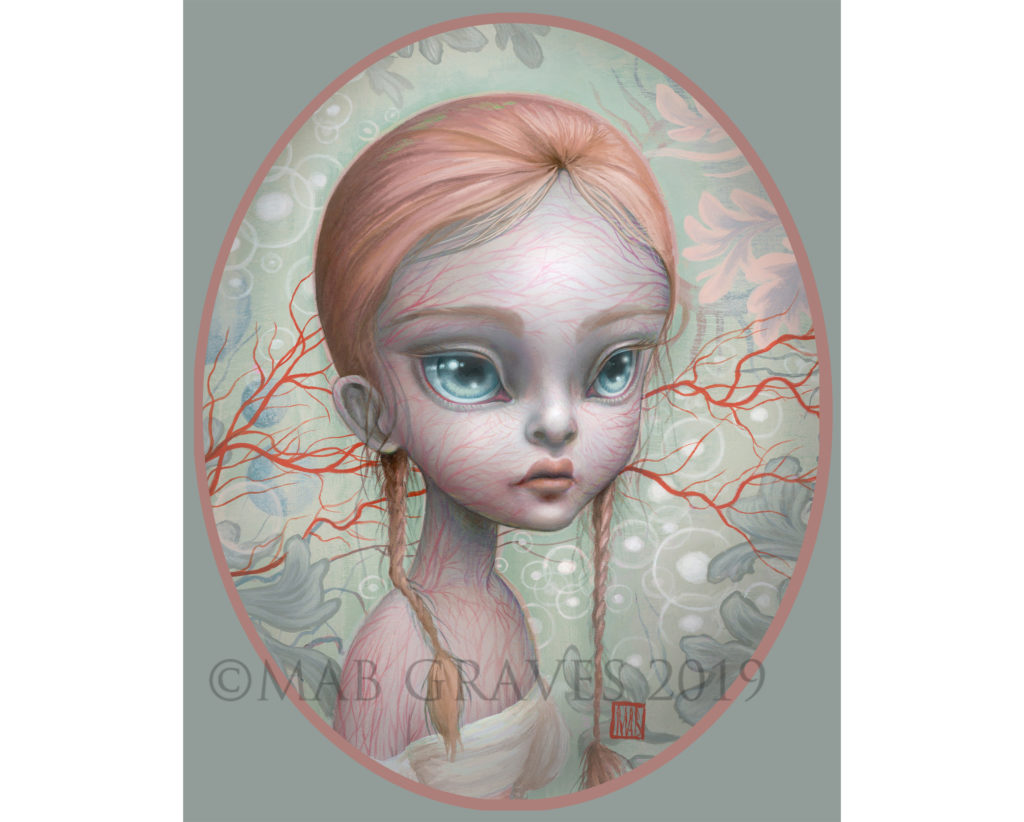Photographers
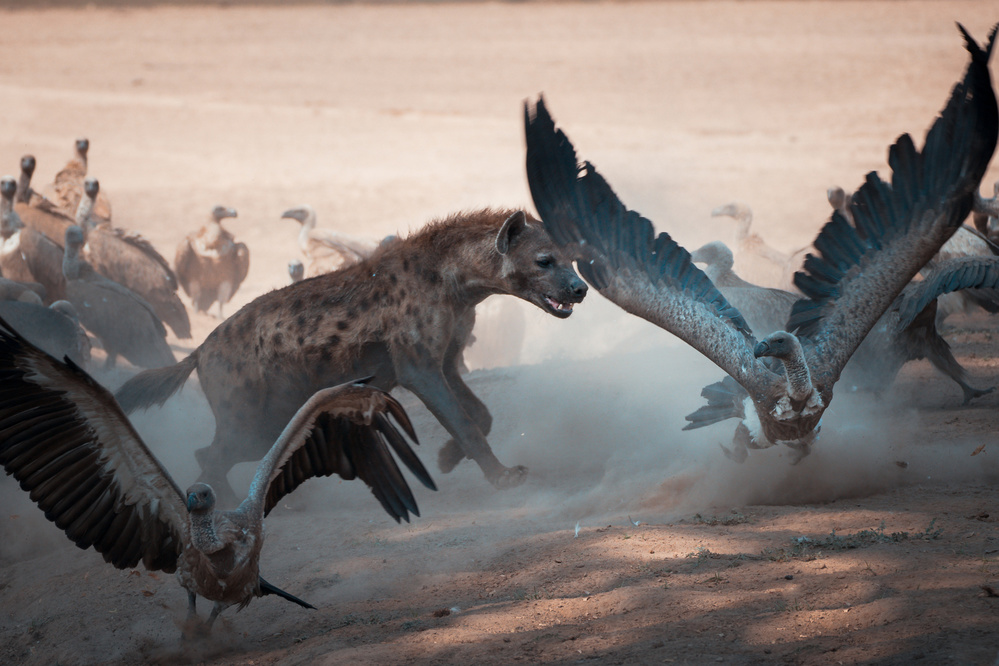
What happens when 'giving up' is the only option left?
1x Blog-Photographersby Yvette Depaepe in collaboration with Hannes Bertsch
Hannes Bertsch has always been fascinated by wildlife for as long as he remembers. He first started with analogue photography 20 years ago and has been evolving ever since. Nature and wildlife photography is still his passion nowadays. He enjoys nothing more than being outside 'hunting' with his camera.
When his latest picture 'Don't you dare!' was published on 1x, I was struck by admiration.
Thanks dear Hannes, for telling us more about this impressive shot!

Sony Alpha 7 III . Sony 100-400mm f/4-5.6 GM . 197mm . 1/800sec . f/6.3 . ISO320
This image was taken in the South Luangwa National Park in Zambia.
Can you tell us more about the locations you visited and how you ended on this specific location?
I always wanted to travel to Africa someday. Last year, in 2018, we finally planned and realized a trip through Namibia in a 4x4 Camper. It was everything we had imagined it to be and much more. After the trip we immediately started planning the next trip to Africa, this time we wanted to spend more time in a national park. Having had no luck spotting leopards in Namibia, we were keen on seeing them. After watching David Attenborough’s ‘The Hunt’, we then focused on South Luangwa, which is also know by the nickname ‘The valley of the leopard’.
More specifically about this impressive shot: did this scenery occur to you by good luck or were you spending several days in the park to shoot it?
Well, we spent quite some time in the park, ten days to be precise. We quickly realized that South Luangwa had been given its nickname for a reason, as we saw more than a dozen leopards. Besides that, the park is by no means heavily frequented, offers an incredible abundance of wildlife and the guides are excellent.
Can you tell us the story behind this scenery?
We watched a herd of buffalo drinking from the Luangwa river, on their way back up a sandy slope one of the last buffaloes slipped and was apparently injured so severely that it did never manage to get back up after. It struggled to get up, the herd waited at least half an hour, but finally had to give up on the injured buffalo. (There is also a shot of the buffalo fighting to get up in my portfolio). All that occurred in the morning of the 23rd of August. This photo, however, was taken two days later on the 25th. We stopped by to check on the buffalo frequently and somehow the poor animal had survived the first night and the entire next day, lying in the heat and waiting to die. When we last checked in the evening of the 24th it was still alive. The next morning, however, everything was over. A lion pride was resting nearby the carcass, their bellies well rounded. Then it was the hyenas’ turn. At that time there were no vultures around yet. Later that day most of the hyenas had already left and the vultures had started to arrive in impressive numbers. Two of the hyenas, however, were not yet prepared to leave the leftovers to them…
Please can you reveal something more about your technique and workflow in general and more specifically about this amazing wildlife shot?
My regular workflow doesn’t involve any changes to the original image apart from adjusting brightness, contrast, tones and so on - nothing fancy, just the usual. The original RAW file was only processed in Lightroom and cropped to direct the focus to the scene of interest.
And last but not least, you must have been so excited in front of such a scene. What was going on in your mind that very moment? When did you have your greatest thrill? Was it the moment you pushed that button, knowing that it was a great shot, of the moment you saw the image on your computer?
Above all I was happy for the buffalo that didn’t have to suffer any longer. However, seeing so many vultures impatiently approaching the carcass from all directions and feeling the tension in the air was quite something. There was so much going on, vultures continued to arrive descending from the sky, the two remaining hyenas that desperately tried to defend the carcass… I decided to concentrate on the rivalry and when taking the shot I had a feeling that this one would turn out nicely. When I then took a closer look it after the hyenas had given up, I realized that this was the shot I had wanted.
Thanks for your fine collaboration and for sharing some secrets about 'the making of' this excellent shot, Hannes!
. '

